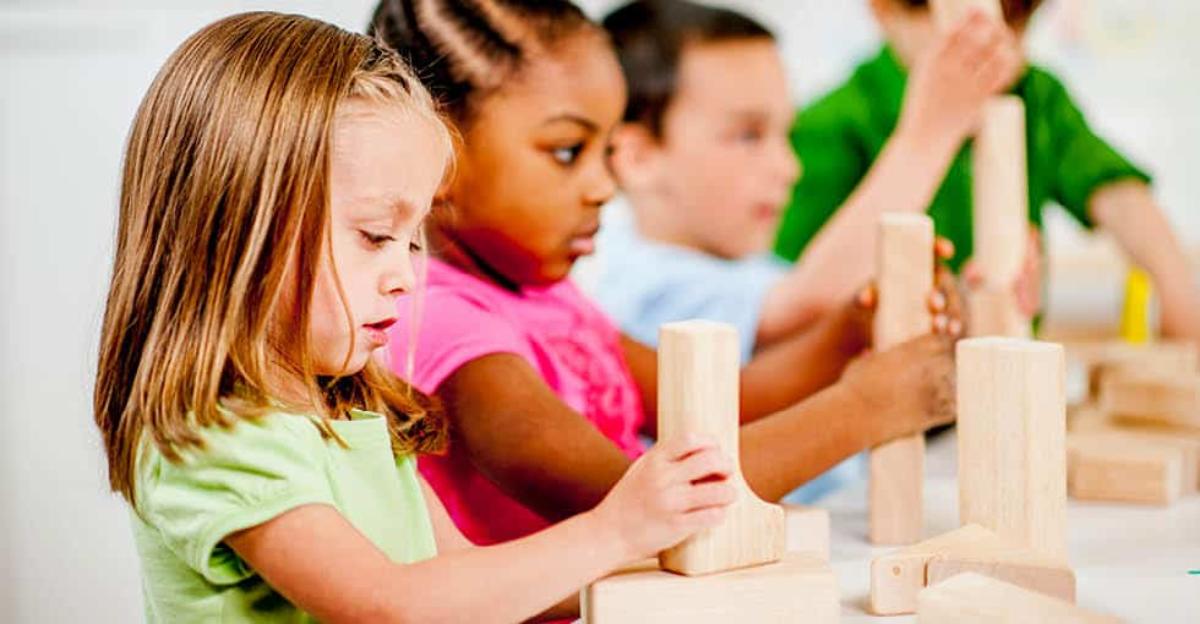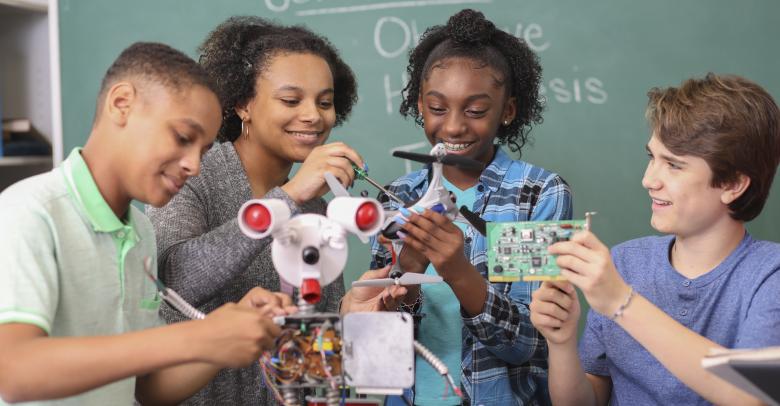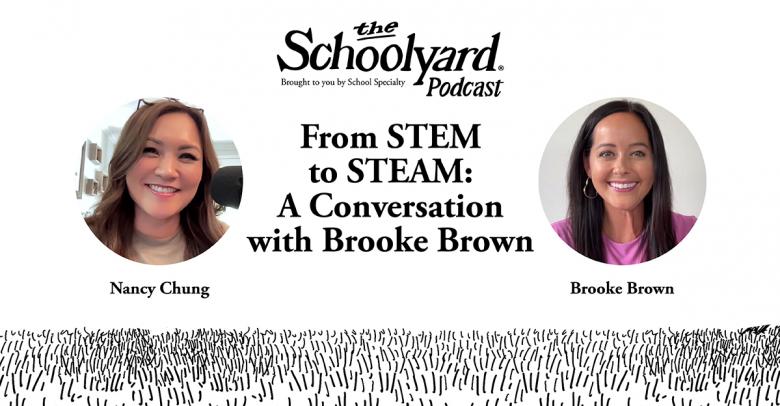The “block corner” has long been a beloved staple for early learning. Today, more than ever, the hands–on discovery and problem solving that happen naturally when young children play with blocks supports thinking skills that will propel today’s preschoolers and kindergarteners into designing our future.
21st Century Skills: Building Blocks in Early Childhood
Let’s start with what have been identified as 21st Century Learning Skills. According to the Partnership for 21st Century Skills (2009), “Learning to collaborate with others and connect through technology are essential skills in a knowledge-based economy.” Their vision of student success for the new global economy goes far beyond technology, however, to focus on essential skills for success.
The 4Cs of 21st Century Learning:
- critical thinking
- problem solving
- communication
- collaboration
Observe children in a well-appointed block center. You will see the application of critical thinking skills as they analyze what and how to transform ideas into balanced structures and then problem solving skills when initial ideas lead to collapses. Individual children working alone can hone those skills, but developing communication and cooperation skills require pairs or groups of children sharing ideas and building on each other’s knowledge.
In my own classroom, I limited the number of children in the block area to four. This number seemed to work well with the materials and space while requiring children to work together.
STEAM in Early Childhood: Engineering Concepts and Block Play
An additional focus is the STEM or STEAM initiative. This familiar acronym is commonly used by educators in reference to the components science, technology, engineering and mathematics, with the addition of arts for developing innovation and creativity. Let’s look at engineering. You may not see Early Childhood engineering standards, outcomes or subscales but we often see engineering concepts referred to within science or mathematical standards.
What exactly is engineering? A situation that people want to change or create can be approached as a problem to be solved through engineering. In fact, problem solving is probably the best definition of what engineers do. Asking questions, making observations, and gathering information are all helpful in thinking about ways to solve problems.
Early Childhood is a time when children are “learning to learn”; they are establishing interests and ways of looking at things that may impact the way they acquire and apply knowledge throughout their lives. Young children begin to develop concepts in engineering as they design, build, and test solutions through their play. Constructing ramps for toy cars, homes for plastic animals, and building cities and towns out of blocks is valuable play for the engineers that will design our future.
More Early Childhood Education Ideas & Inspiration
If you’re looking for more ways to bring the future of education into your early childhood learning space, be sure to stop by the Early Childhood blog category page to see what’s new. Also take a moment to browse the hundreds of high quality early childhood tools, supplies, and solutions online from School Specialty.
Updated 8/22/2018
Ginny Streckewald
Ginny Streckewald, M. Ed., holds a Masters’ degree in Specialty Education focusing on Early Intervention. She has over 35 years of inclusive teaching experience with young children, and has worked closely with premature and developmentally delayed infants and toddlers. Read more posts by Ginny Streckewald –>







Leave a Reply